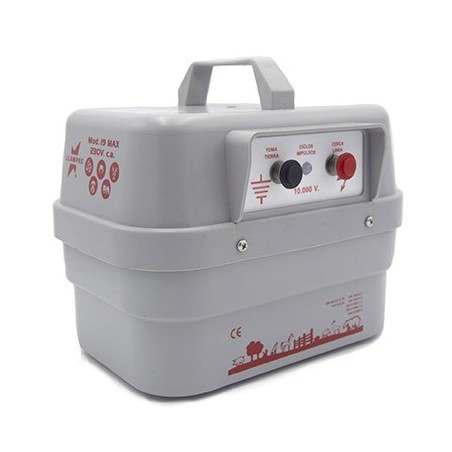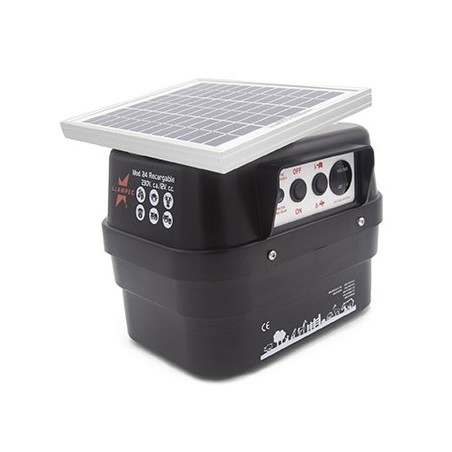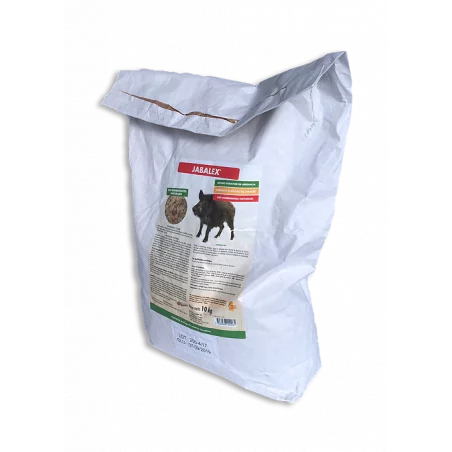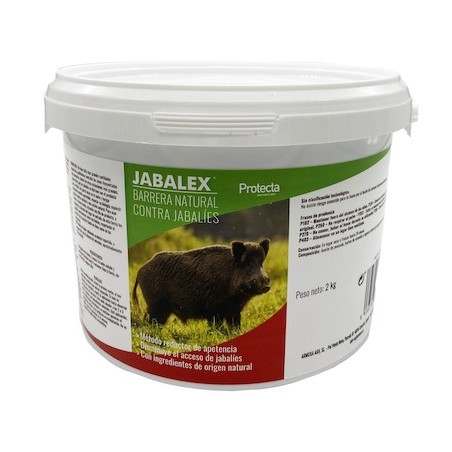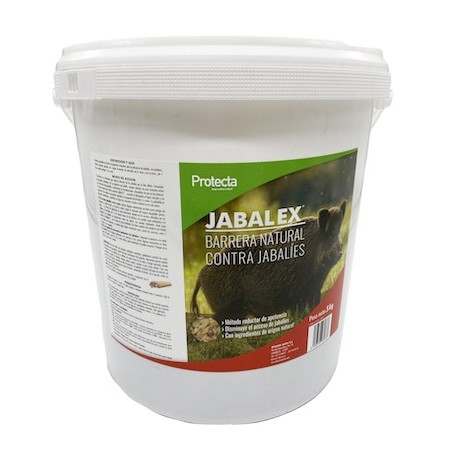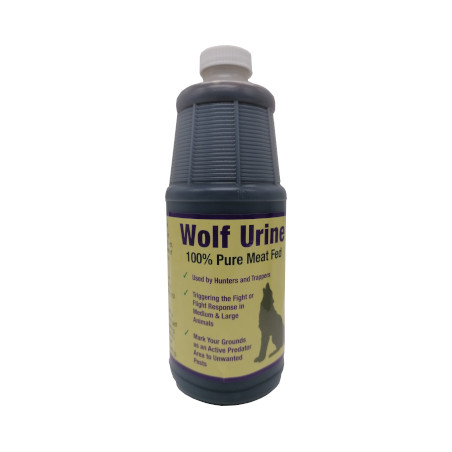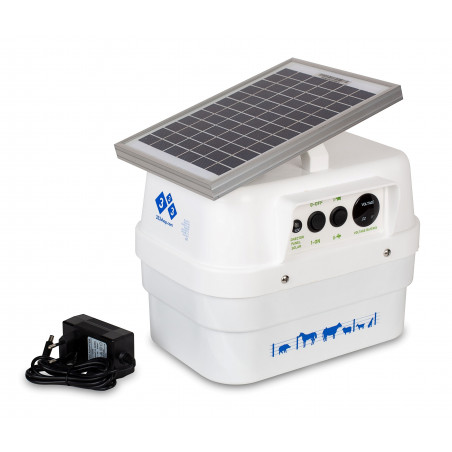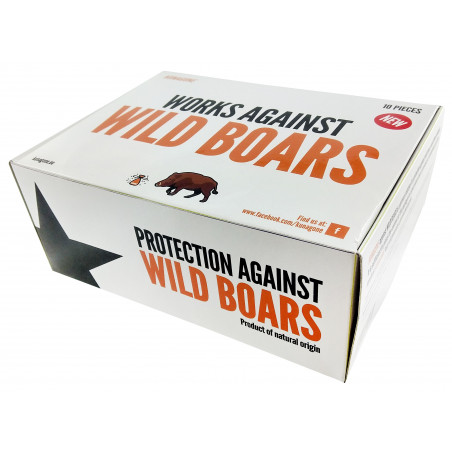Wild pigs (Sus scrofa) are a highly destructive invasive species throughout North and South America, Australia, and many island nations. Where invasive, their populations are targeted for control to reduce damage. Controlling wild pigs often involves baiting to draw them into traps or entice them to consume a toxic bait. However, baiting can have mixed success in congregating wild pigs to focal areas long enough for control measures to ultimately be implemented. We sought to evaluate how environmental conditions (i.e., precipitation) and negative stimuli (i.e., proxy for exposure to previous control efforts) influenced use of bait sites by wild pigs. We compared visitation to bait sites during dry (2019–2020) and wet (2021) years, and between wild pigs that had been previously trapped and released in southcentral Alabama and northcentral Texas, USA.
We found that drier years substantially increased use of bait sites by wild pigs (i.e., 119–136% increase over 17 days). Similarly, wild pigs that did not experience negative stimuli had increased use of bait sites (i.e., 30–31% increase over 17 days).

We recommend that managers intensify their control efforts during drier periods to take advantage of susceptible behaviors of wild pigs during these times. We also recommend that control efforts focus on eliminating surviving wild pigs which may have experienced negative stimuli (e.g., narrow misses during trapping, shooting some wild pigs from a group, sub-lethal doses from toxic baits) and be educated against future efforts.
Snow NP, Glow MP, Lavelle MJ, Fischer JW, Cook SM, Lutman MW, Foster JA, VerCauteren KC. Dry and Unwary are Best Conditions for Baiting Wild Pigs (Sus scrofa). Applied Animal Behaviour Science. 2022: 105777. https://doi.org/10.1016/j.applanim.2022.105777.





